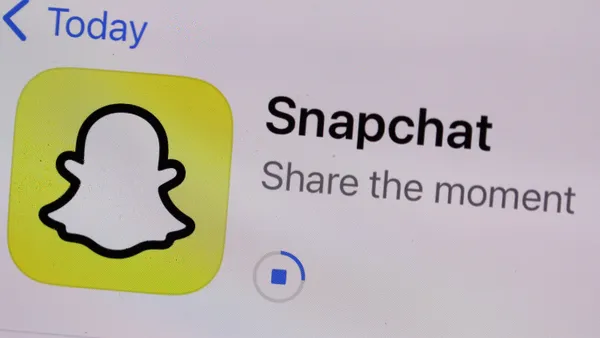It is no secret that print circulation for publishers continues to slide, largely in part to dwindling advertising dollars. Meanwhile, online journalism is thriving—and this is in large part to social media.
However, not all social media accounts are created equal. Shareablee Inc, a social media audience engagement firm, recently released rankings for publishers it says are killing the social media game. Understanding how these news outlets have ushered in the new media age is important for marketers looking not only for new advertising opportunities, but also to see how they might be able to change up their own strategies.
"Social content has become an experience in itself, so looking at what publishers are really driving conversations provides huge opportunities for marketers to co-brand with the trend-setters," said Tania Yuki, CEO of Shareablee.
Looking at everything from follows and likes to comments and retweets, here are the top five “engagers” and what they seem to be doing right to captivate audiences:
National Geographic:
Facebook ‘likes:’ 30.2M
Twitter followers: 7M
Instagram followers: 6.6M
National Geographic has made its name by capturing remarkable images from around the world. Such jaw-dropping photography lends itself well to Instagram, which is where 91% of National Geographic’s social media engagement comes from. The magazine has 6.5 million followers on the photo-sharing site, with thousands of likes and comments on each photo. Many of the photos on Nat Geo’s Instagram feed contain backstories, providing a rare bit of genuine journalism on the social site. Nat Geo’s photo-sharing success on social media has helped propel the 126-year-old publication into the 21st century.
The Huffington Post:
Facebook ‘likes:’ 3.9M
Twitter followers: 4.5M
Instagram followers: 186,253
With 94% of HuffPo’s engagement coming from Facebook, the internet newspaper has the art of an engaging headline down. Part of Huffington Post’s success in social media is how ‘sharable’ the links typically are. One of first news outlets to embrace snarky, informal headlines, HuffPo proved you shouldn’t have to always present news in a cut-and-dry format.
Bleacher Report:
Facebook ‘likes:’ 2.2M
Twitter followers: 856,378
Instagram followers: 68,609
Bleacher Report is the undisputed leader of sports journalism—at least in the social media realm. Launched in 2007, the sports news website has propelled itself to 2.1 million Facebook likes in seven years. Bleacher Report pioneered the idea that sports news lends itself best to a network of knowledgeable contributors as opposed to classically trained journalists, which helped it gain traction.
E! Entertainment:
Facebook ‘likes:’ 5.9M
Twitter followers: 6.6M
Instagram followers: 2M
Who will win Best Actor in a Drama?! Tweet your Emmys prediction using #ERedCarpet and we may read it on air! pic.twitter.com/Nh9R1Yk6Ut
— E! Online (@eonline) August 25, 2014
What Bleacher Report is to sports journalism, E! Entertainment is to celebrity journalism. Although unlike Bleacher Report, E! is a veteran in its field that has successfully maintained relevance in the social media age. E!’s success seems to be in its chatty tone—often asking readers what they think about everything from red carpet looks to celebrity couplings. E! is also the most evenly split among engagement, with 50% of its engagement coming from Facebook and 44% of it coming from Instagram.
BuzzFeed:
Facebook ‘likes:’ 3.4M
Twitter followers: 1.1M
Instagram followers: 263,069
11 Reasons You Should Get Super Pumped For Autumn http://t.co/6xX6ywOAc7 pic.twitter.com/mgs56WTlEN
— BuzzFeed (@BuzzFeed) August 22, 2014
Ah, BuzzFeed. What started out as a viral-content site has transformed—in just three years—into a media juggernaut that is now the fifth-most engaged publisher on social media. The site’s meteoric rise to not only one of the most engaged news outlets, but the 44th-most-popular website in all of the US. While it has already had its fair share of controversy in its short life, that doesn’t seem to be deterring a social media audience. So what is BuzzFeed’s secret? Like the Huffington Post, they just understand what stories are the most ‘sharable.’













